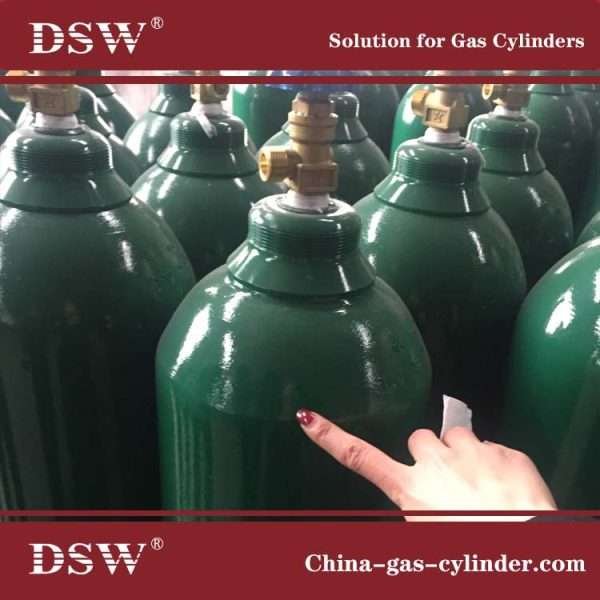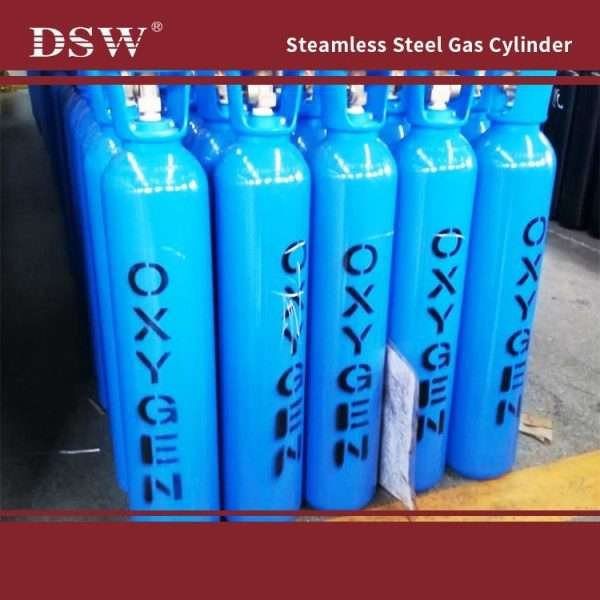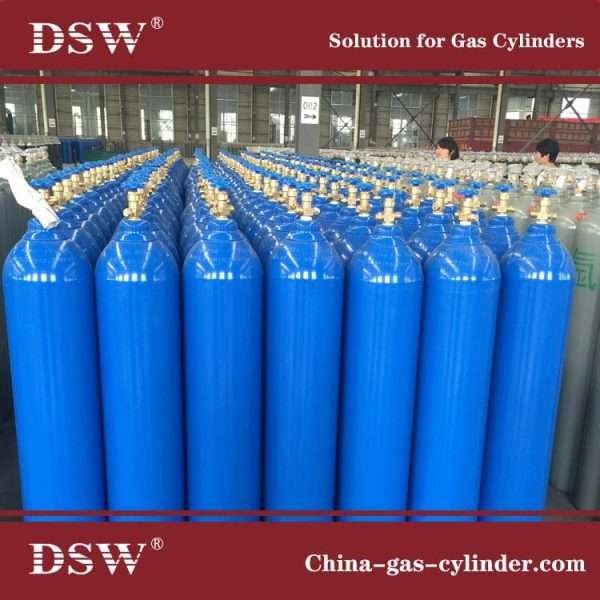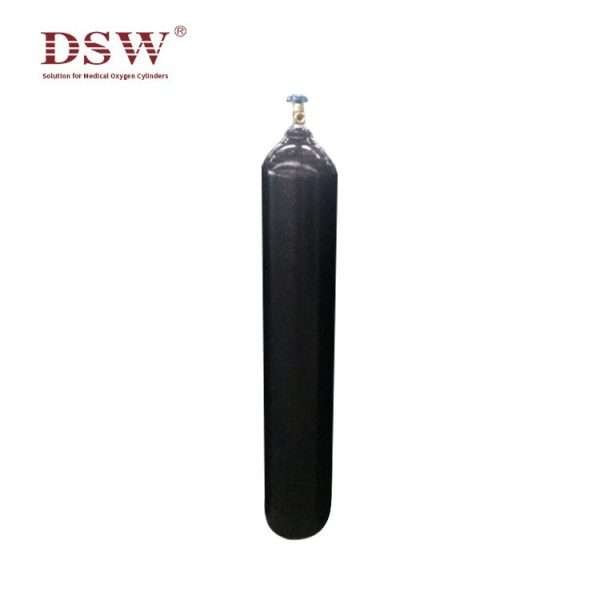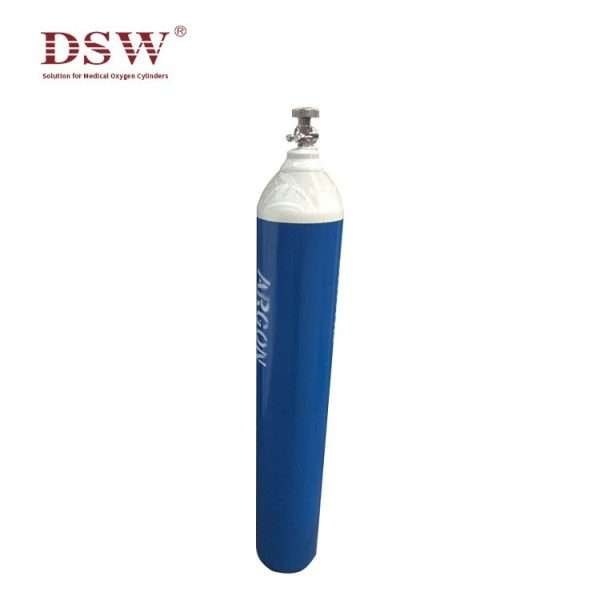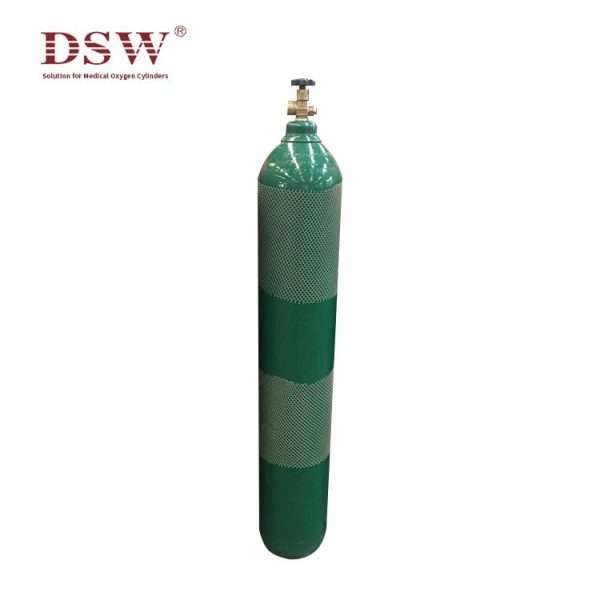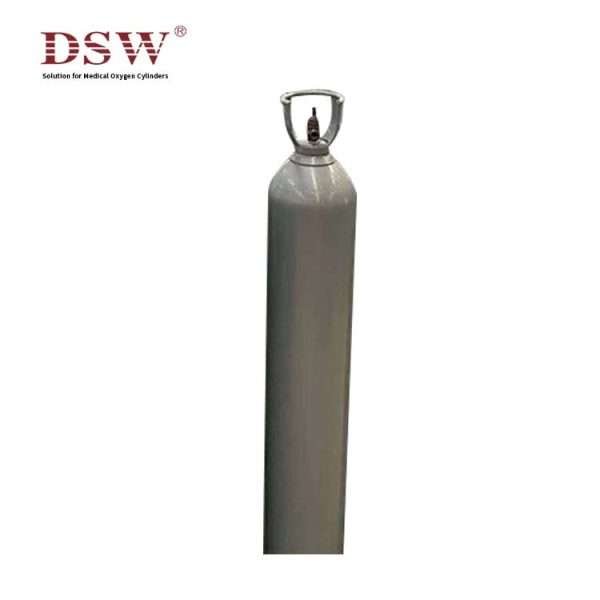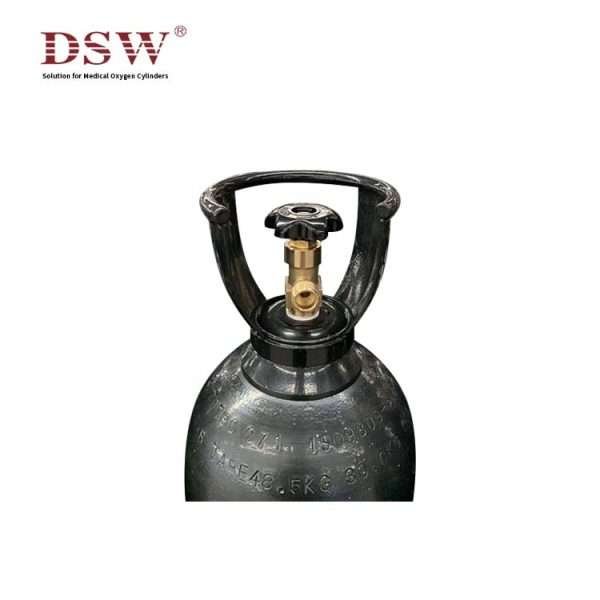Pump Skids for liquid gas transfer and transloaders
DSW excels in innovatively developing and manufacturing high-quality LNG Pump Skids, LNG Skids, and various pump skids.
We serve diverse industries worldwide that require gas energy and petrochemicals.
The LNG pump skid plays a critical role in efficiently and safely handling of LNG across diverse applications.
LNG Skid with Dual Pumps
Functions and Features:
- Hollow and Superimposable Design: Expands gasification capacity by 30%.
- Optimized Unloading Pipeline: Increases unloading efficiency by 20%, allowing simultaneous unloading and liquid filling without interference.
- Safe Filling and Accurate Measurement: Exceeds national standards.
- Position Adjustment: Optimized placement of dosing and air return guns.
- Flow Channel Design: Enables a maximum flow of 25 cubic meters per hour.
- Multi-layer Filter Structure: Enhances filtering effect.
- Air Source Protection: Ensures the gun does not disengage in case of sudden pressure drop or loss.
- Safety Interlocking Design: Improves user experience with a foolproof claw and inner barrel design.
- Rear-mounted Cylinder Design: Introduced to enhance performance and safety.
Pump Skid Design
| Technical Specifications | Details |
| Pump Capacity | 300 l/min |
| Pump Speed | 5500 rpm |
| Maximum Head (LNG) | 320 m |
| Maximum Discharge Pressure | 19 bar |
| Motor Power | 15 kW |
| Dimensions | 3000 × 2438 × 2600 mm |
Applications of LNG Skid
The LNG pump skid is a versatile and essential component in various applications involving the handling and distribution of liquefied natural gas (LNG). Here are some key applications:
1. LNG Refueling Stations
Application: Essential for LNG refueling stations, ensuring efficient and safe transfer of LNG to vehicles.
Benefit: Enhances the refueling process by providing reliable and continuous LNG flow, critical for both light and heavy-duty vehicles.
2. Industrial Gas Supply
Application: Used in industries that require a constant supply of LNG for various processes, such as manufacturing, food processing, and chemical production.
Benefit: Ensures consistent and efficient LNG delivery, improving overall operational efficiency and safety.
3. Power Generation
Application: Integrated into power generation facilities that use LNG as a fuel source for turbines and other power generation equipment.
Benefit: Supports reliable fuel supply, enhancing the efficiency and stability of power generation operations.





